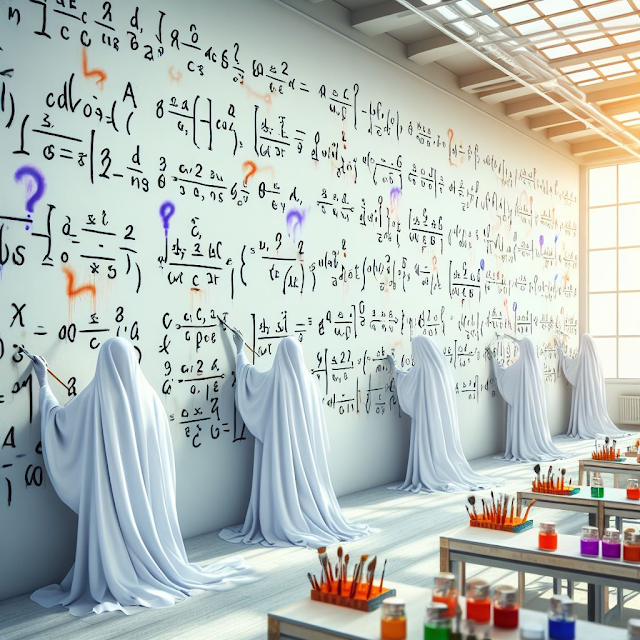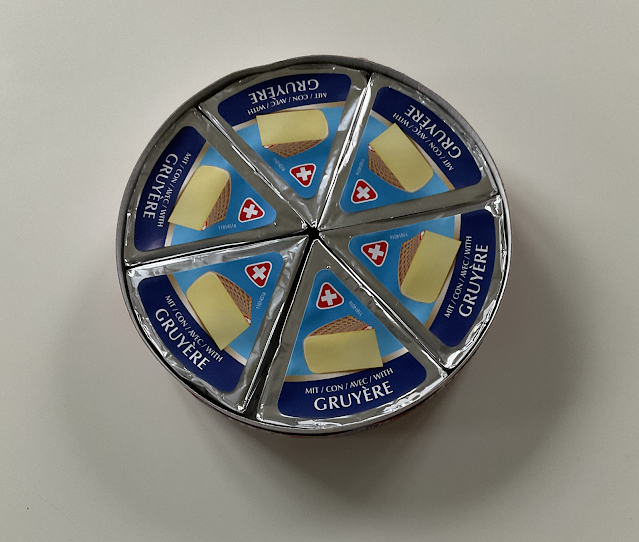Triples for the new year

(Dall-e creation ) The hereunder sequence S is both a succession of triples of monotonically increasing numbers and a succession of triples of monotonically increasing digits. S is the lexicographically earliest such sequence with distinct number-triples: S = 0,1,2,0,1,3,0,1,4,0,1,5,0,1,6,0,1,7,0,1,8,0,1,9,0,2,3,0,2,4,0,2,5,0,2,6,0,2,7,0,2,8,0,2,9,0,3,4,0,3,5,0,3,6,0,3,7,0,3,8,0,3,9,0,4,5,0,4,6,0,4,7,0,4,8,0,4,9,0,5,6,0,5,7,0,5,8,0,5,9,0,6,7,0,6,8,0,6,9,0,7,8,0,7,9,0,8,9,1,2,3,1,2,4,1,2,5,1,2,6,1,2,7,1,2,8,1,2,9,1,3,4,1,3,5,1,3,6,1,3,7,1,3,8,1,3,9,1,4,5,1,4,6,1,4,7,1,4,8,1,4,9,1,5,6,1,5,7,1,5,8,1,5,9,1,6,7,1,6,8,1,6,9,1,7,8,1,7,9,1,8,9,2,3,4,2,3,5,2,3,6,2,3,7,2,3,8,2,3,9,2,4,5,2,4,6,2,4,7,2,4,8,2,4,9,2,5,6,2,5,7,2,5,8,2,5,9,2,6,7,2,6,8,2,6,9,2,7,8,2,7,9,2,8,9,3,4,5,3,4,6,3,4,7,3,4,8,3,4,9,3,5,6,3,5,7,3,5,8,3,5,9,3,6,7,3,6,8,3,6,9,3,7,8,3,7,9,3,8,9,4,5,6,4,5,7,4,5,8,4,5,9,4,6,7,4,6,8,4,6,9,4,7,8,4,7,9,4,8,9,5,6,7,5,6,8,5,6,9,5,7,8,5,7,9,5,8,9,6,7,8,6,7,9,6,8,9,7,8,9,0,1,20,1,2,12,3








